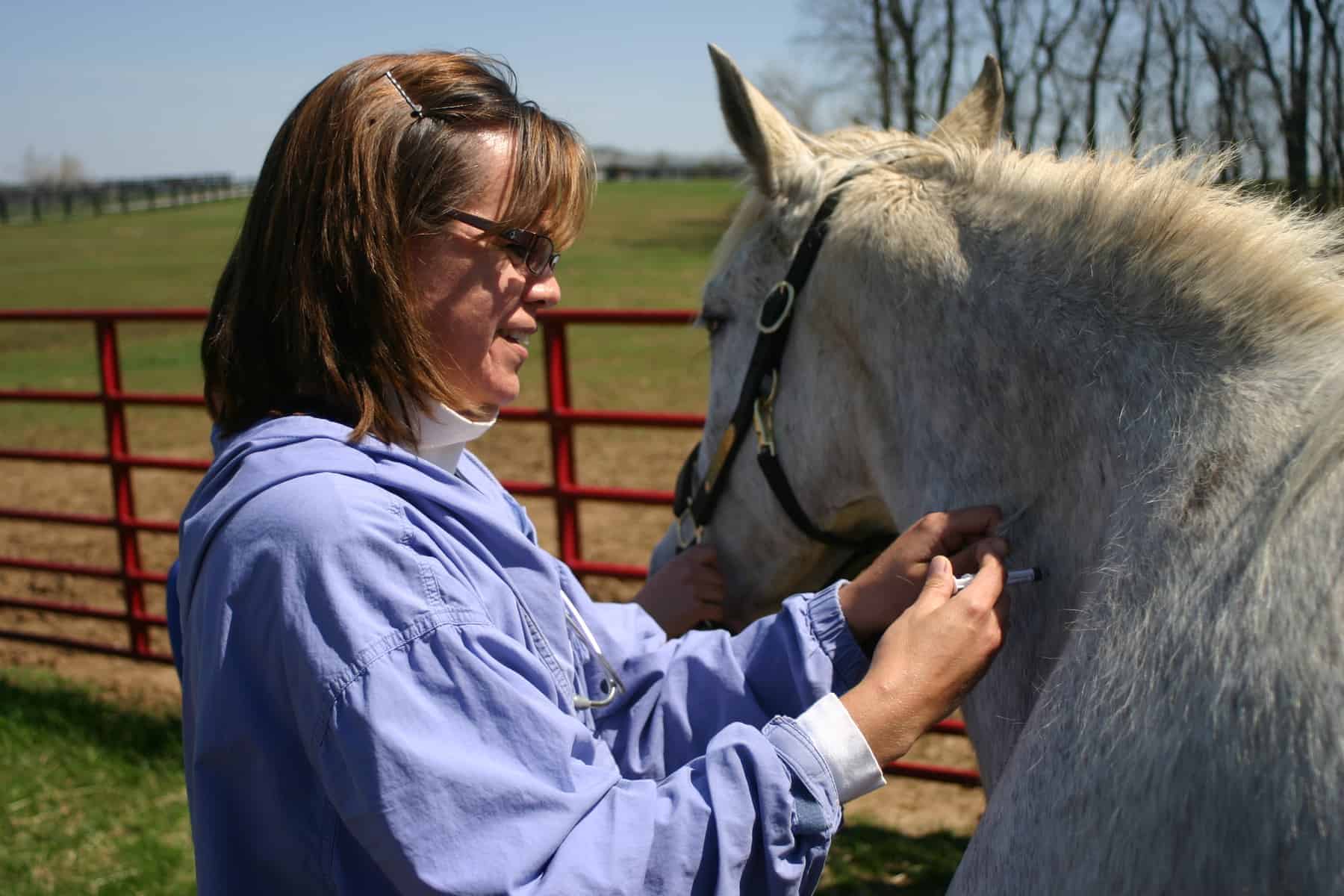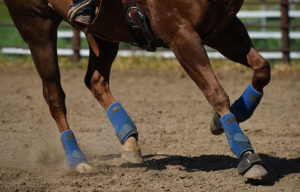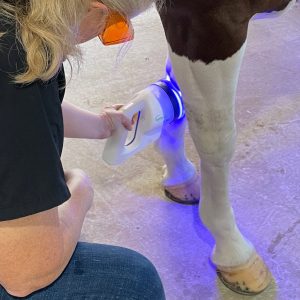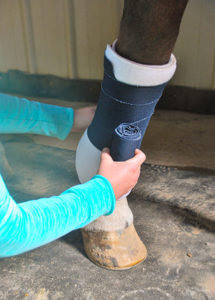Vaccination Recommendations for PPID and EMS Horses

A: Cushing’s disease (also called pituitary pars intermedia dysfunction, or PPID) and equine metabolic syndrome (EMS) are actually two separate diseases.
Cushing’s disease is a very common endocrine disorder of aged horses and ponies. Horses with PPID are predisposed to opportunistic or secondary infections compared to healthy aged horses. This is likely due to increased concentrations of immunosuppressive hormones including (among others) cortisol.
EMS, similar to type-2 diabetes in humans, is characterized by obesity, insulin resistance, and general immune system dysregulation.
While these are two separate diseases (in some cases horses might have both disorders) they share several commonalities. Both EMS and PPID are associated with increased risk of laminitis. Recent study results suggest that high serum insulin concentration likely predisposes and provokes laminitis in both diseases.
Geriatric horses, in general, require diligent preventive health care. This includes dental, hoof, nutrition, parasite control, and vaccinations. This is critically important for horses diagnosed with either PPID or EMS. You should discuss vaccination risks with your veterinarian, keep protocols to a minimum, and make sure vaccinations are well spaced out over time.
A number of PPID and EMS horses might indeed be very sensitive to vaccines. I would focus on the core vaccines (West Nile, rabies, Eastern and Western encephalitis, and tetanus). Single-antigen (a substance capable of inducing a specific immune response in the body by binding to a specific antibody; an antigen can be a property of bacteria, viruses, other foreign proteins, or even host tissue cells) vaccines spaced seven to 10 days apart should give you the best results.

Written by:
Mark Crisman, DVM, MS, Dipl. ACVIM
Related Articles
Stay on top of the most recent Horse Health news with















